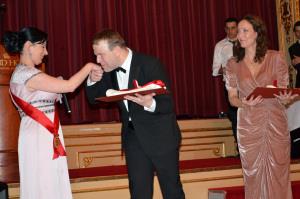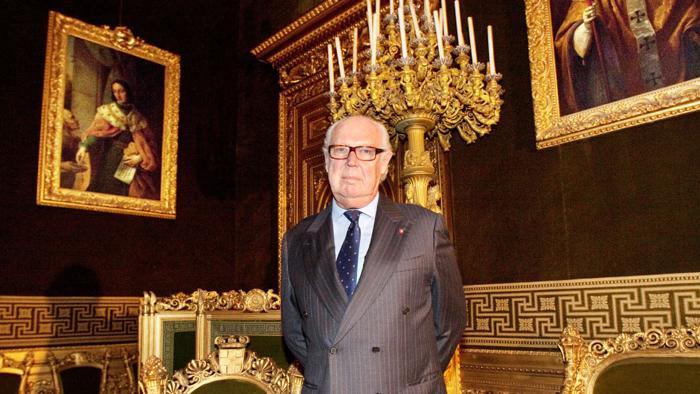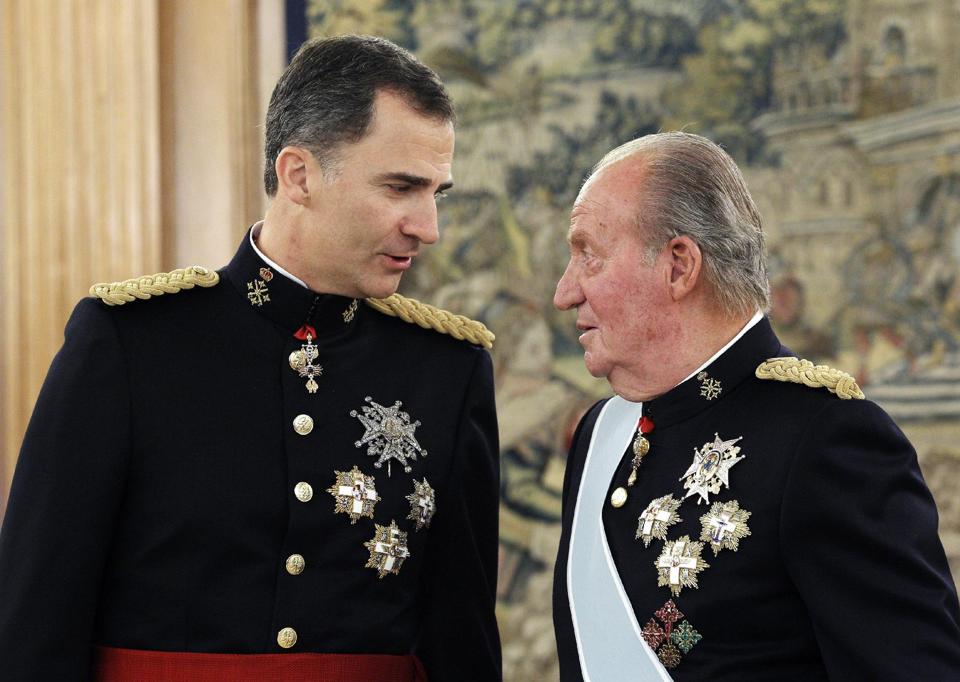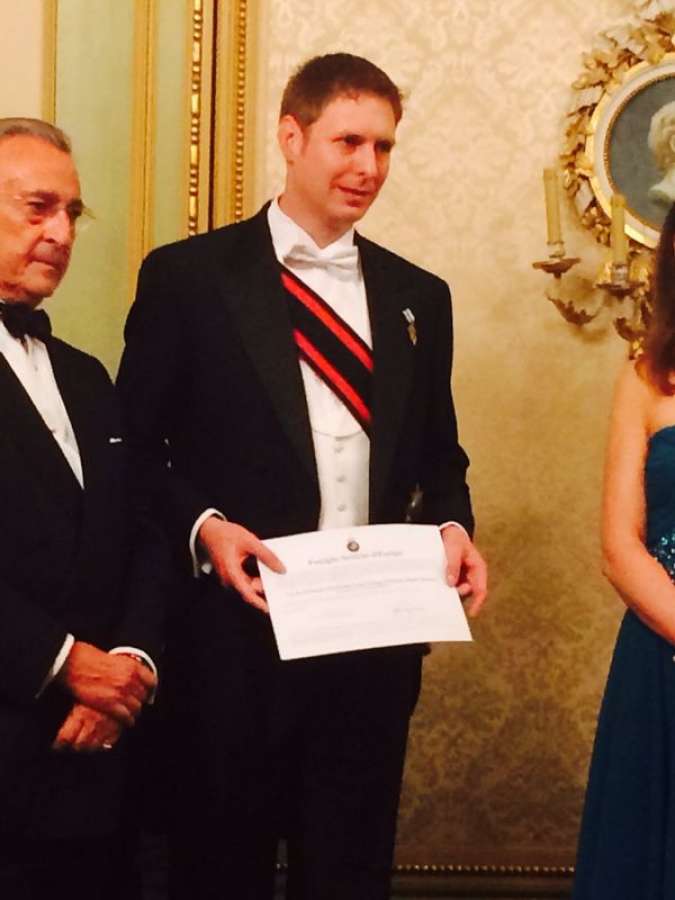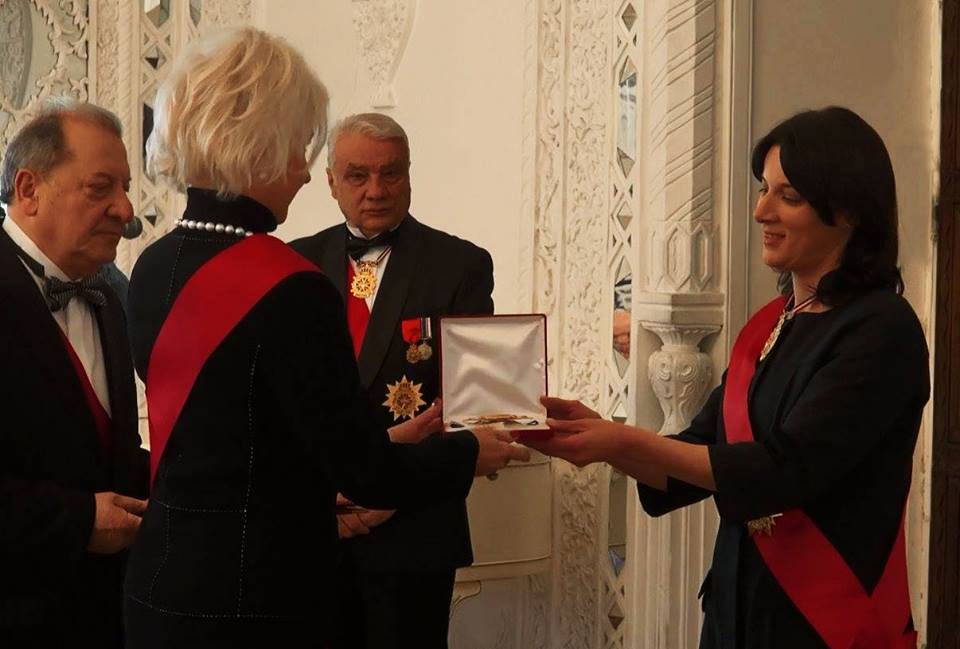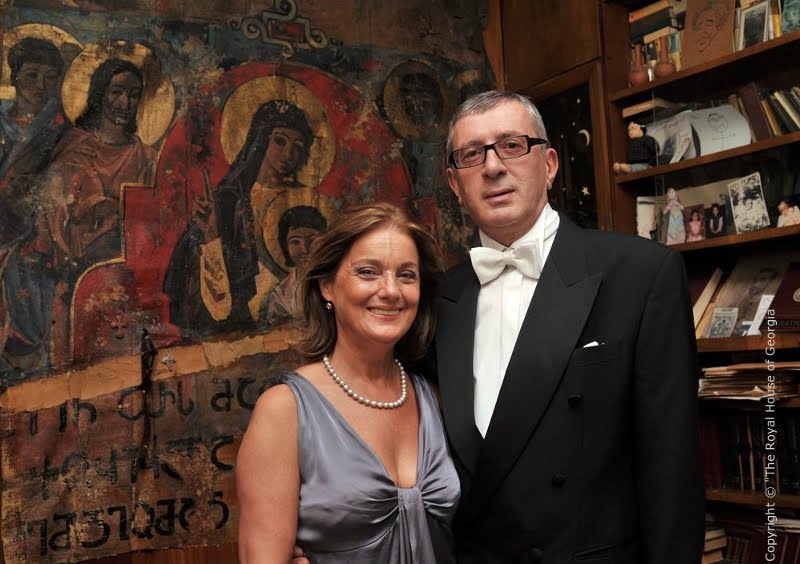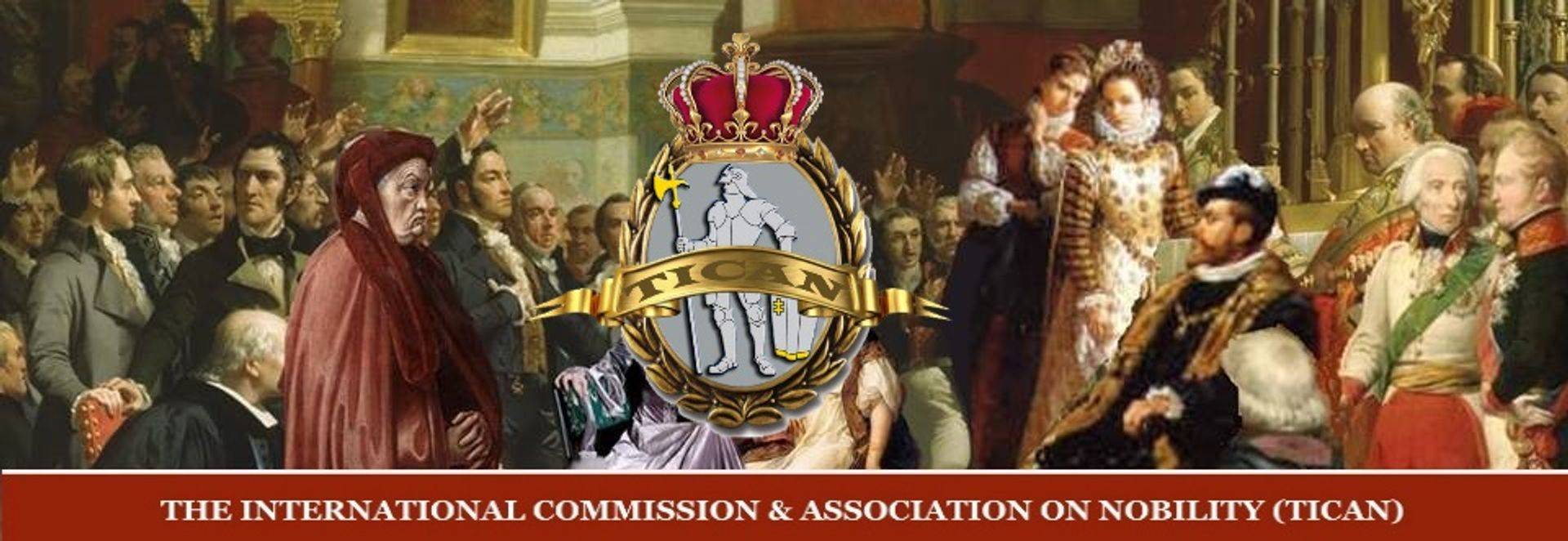
Title
These days, when we hear the phrase “dress code” we’re most likely to associate it with workplace rules. A lot of jobs still have written guidelines for employee attire, at varying degrees of strictness. Much rarer are dress codes for social events. Written requests for attendee attire are usually only one or two words long, meant to be printed on an invitation and understood by all the potential guests.
Unfortunately, universal understanding of social dress codes is going the way of cursive handwriting: it has an old-fashioned appeal to some people, but most don’t bother with it anymore.
In Western formal state ceremonies and social functions, diplomats, foreign dignitaries, and guests of honor wear Western formal dress if not wearing their own national dress.
Another invite and another attempt to decipher the sometimes daunting dress code. With categories like White Tie, Black Tie, and Lounge, it can be overwhelming and confusing at times. Whether its charity gala, or a formal wedding, dressing the part doesn’t have to be a cryptic task.
LOOKING TO THE PAST
Looking to the past is always helpful in a fashion world where trends come and go. Nothing is more classical than formal wear and this type of clothing should not be subject to radical change. Nevertheless, history shows how the style was born and its main evolution - a classic story that never ends.
Traditional formal wear has been produced by some of the world’s best tailors and dressers dating back to the English Regency.
Prior to that time, aristocratic finery had been largely a peacock affair, consisting of opulent materials and elaborate embellishments. Then menswear underwent a dramatic revolution during the Georgian period, when the popularity of the ‘country gentleman’ look emphasized horsey, practical clothing. Renowned dandy Beau Brummel perfected the look around the turn of the century, combining the understated colors and materials of the country squire with the impeccable tailoring and exquisite finish of the London gentleman. At the core of Brummel`s new look was the tailcoat, a long coat that had originally been cut away in front for ease of wear when riding on horseback which soon became accepted by the aristocracy as the new dress coat.
As the Victorian industrial revolution unfolded, these dress codes were adopted by a growing middle class whose striving towards genteel respectability led to the rules becoming increasingly strict. Not surprisingly, men began to seek a respite from the practice of dressing like an orchestra conductor just to eat dinner in their own homes. Some English squires began to substitute their tailcoat with a similarly styled version of the smoking jacket for less-formal evenings, a trend that gained legitimacy when adopted by Queen Victoria’s son Edward, Prince of Wales. Sartorial legend has it that American millionaire James Potter then discovered this comfortable alternative during a visit to the Prince’s country estate in 1886 and brought it back to the exclusive enclave of Tuxedo Park. When fellow New Yorkers noticed the town’s residents wearing the novel jacket to dinner in public, they associated it with the town’s name, although polite society generally preferred the British moniker “dinner jacket”.
However it was referred to, the new evening jacket’s popularity grew during Edward’s reign as king. Also during this era, the frock coat was gradually usurped as formal day wear by the less formal morning coat (cutaway in American English), a type of tailcoat invented in the 1850s that was originally intended for horseback riding, like its evening counterpart.
World War I significantly relaxed social mores, as wars are wont to do. One of the consequences was the “semi-formal” tuxedo’s acceptance as standard evening wear while the tailcoat became reserved only for very formal society affairs such as balls, elaborate formal dinners and a night at the opera. Another outcome was the arrival of the black lounge jacket (stroller in American English) as a similar alternative for the morning coat.
Both of these Jazz Age developments were championed by the twentieth century Beau Brummell, a dashing young Prince of Wales, better known today as the Duke of Windsor. His global influence continued into the Great Depression fostered by advances in tailoring and textiles that led to the golden age of menswear. This period marked the acceptance of midnight blue evening wear and swank warm weather alternatives such as double-breasted and white dinner jackets
THE 21ST CENTURY
In the 21st century, the most formal civilian dress code is largely limited to royalty and high society and, even then, it’s rare. The only times that ‘white tie’ is likely to appear on an invitation are for prestigious society balls, society weddings, public dinners and European state dinners, white-tie weddings are fairly common in Finland, Norway and Sweden). At this level of formality the rules are very strict: they don’t call it ‘full dress’ for nothing.
Should you be fortunate enough to attend such an august occasion, this is not the time to be a spendthrift. Poorly fitting rental clothes will make you look like a second-rate magician, while a properly tailored full-dress kit will foster the impression of landed gentry. This is particularly true for the tailcoat. Unlike a regular suit jacket which is relatively forgiving as long as the shoulders fit properly, tailcoats are a type of body coat which, as the name implies, must fit the wearer’s torso perfectly in order to lie snugly against the chest and waist. In the case of the evening tailcoat this is even more of a challenge because, although it is cut in a double-breasted style, it is not designed to close in front.
Other distinguishing traits of the coat include fronts cut away sharply at the waist leading back to the side of the legs, at which point the garment tapers down to the bottom of the back skirt which ends just behind the knee. This skirt is divided by a long center vent creating the illusion of two tails and inspiring the early nicknames “swallow-tail coat” and “claw-hammer tailcoat”.
White Tie
Also known as “full dress,” the White Tie dress code is the rarest and most formal of them all. Even the White House only has a couple White Tie events in a year. Though for most people, an invitation to an event that has a White Tie dress code is a pretty unlikely one, it is great to know the rules if you ever given the honor. First, you should know that this dress code the most strict. The required parts of a White Tie ensemble include a white waistcoat (style of vest) worn over top of a white full-dress stiff bosom shirt with a detachable white pique wing collar. This shirt is secured white shirt studs and white cufflinks. A matching white bow tie is an absolute essential, hence the name of this dress code. On the bottom half is worn black pleated trousers with a black satin strip that covers the outer seams (known as the tuxedo stripe). These formal trousers can either be tightened with adjustable side tabs or held up by white suspenders that are worn under the waistcoat.
We should note that proportions are very important when it comes to full dress. The trousers are high-waisted (by today’s standards) and the waistcoat must cover the waistband of the trousers but cannot extend below the front of the tailcoat. Although this is this strictest code, you can add a subtle touch of your personal style with your choice of formal cufflinks (silver, mother of pearl, etc.), adding a boutonniere, or maybe integrating a white pocket square. Proper footwear is either the more traditional black patent court pump with grosgrain ribbon or black patent leather oxfords. The most common events that call for White Tie attire are charity galas, official ceremonies, government ceremonies, and the opera.
Black Tie
The words “Black Tie” may conjure up memories of high school dances, but now that you are all grown up, this type of affair is a bit more involved than renting the generic polyester tux set from your local suit emporium (gross). When you attend the company awards nights, your sister’s formal wedding, or charity event that calls for Black Tie, it’s important abide by the rules to look your best. You don’t want your peers to get the impression that you’re as clueless as a pimply teenager. A classic black tuxedo is still the standard at these events. The typical tuxedo jacket has a single button and is single breasted with a satin peak lapel and no vent. A black bow tie and black patent leather oxfords are a must. Optional additions to the basic tuxedo include a simple (usually white) pocket square or an elegant opera scarf if you’re feeling a bit spry.
Black Tie is the most commonly used dress code for any polished event and knowing how to dress for it is a great weapon to have in your arsenal. A variation on the traditional Black Tie dress code is Warm Weather Black Tie which features a white jacket instead of black and is sometimes called upon for summer formal events. Formal or evening weddings, company awards dinners, and some private dinners are all occasions that may require you to don a tuxedo.
Black Tie Optional
The fact that the word “optional” is in the title is only begging for confusion. A host may choose this dress code if they want to be considerate of the fact that not all guests may have a tuxedo. At these events, it is acceptable to forgo the tuxedo (if you absolutely must) and opt for a polished black suit. However, if you have the means, we still encouraged you to wear a tuxedo of some sort. Because of the precarious nature of the word “optional,” we suggest you to contact the host if you need clarification.
A Black Tie Optional event is still formal in nature but it has a slightly more relaxed rules for attire. A tie is still necessary and so are your polished black shoes. Accessories can be used to express personal style. Instead of a bow tie, you can opt for a necktie with a handsome tie bar or a classy lapel flower. You’re most likely to run into this category at weddings, stylish events, formal dinners, and galas.
Invitations without Dress Codes
So what do you do if you receive an invitation that doesn’t list a dress code?
The simplest suggestion is always to ask the hosts. Don’t be embarrassed, especially in this modern world of e-mails and text messages, to shoot the host with whom you are most familiar a short note saying “how dressed up do you want people at the event?”
If you don’t feel comfortable doing that, ask around among other attendees. And if you truly have no one you can ask, consider the time and setting: evening attire should generally be darker and simpler than daytime, outdoor settings are more casual than indoor, and so on.
Always err on the side of being a bit overdressed. It’s very easy to take off a necktie or shed a jacket and become less formal, but if you only showed up with a shirt and slacks there’s no way for you to become dressier.
In rare cases you may run into an invitation where the listed dress code doesn’t seem accurate — for example, if invited to a wedding that requested a “formal” dress code, but you knew from speaking with the groom that he was only wearing a business suit. Since the hosts will always be wearing the most formal interpretation of the event’s dress code, you knew that meant they only wanted nice- looking suits, not true formal wear.

